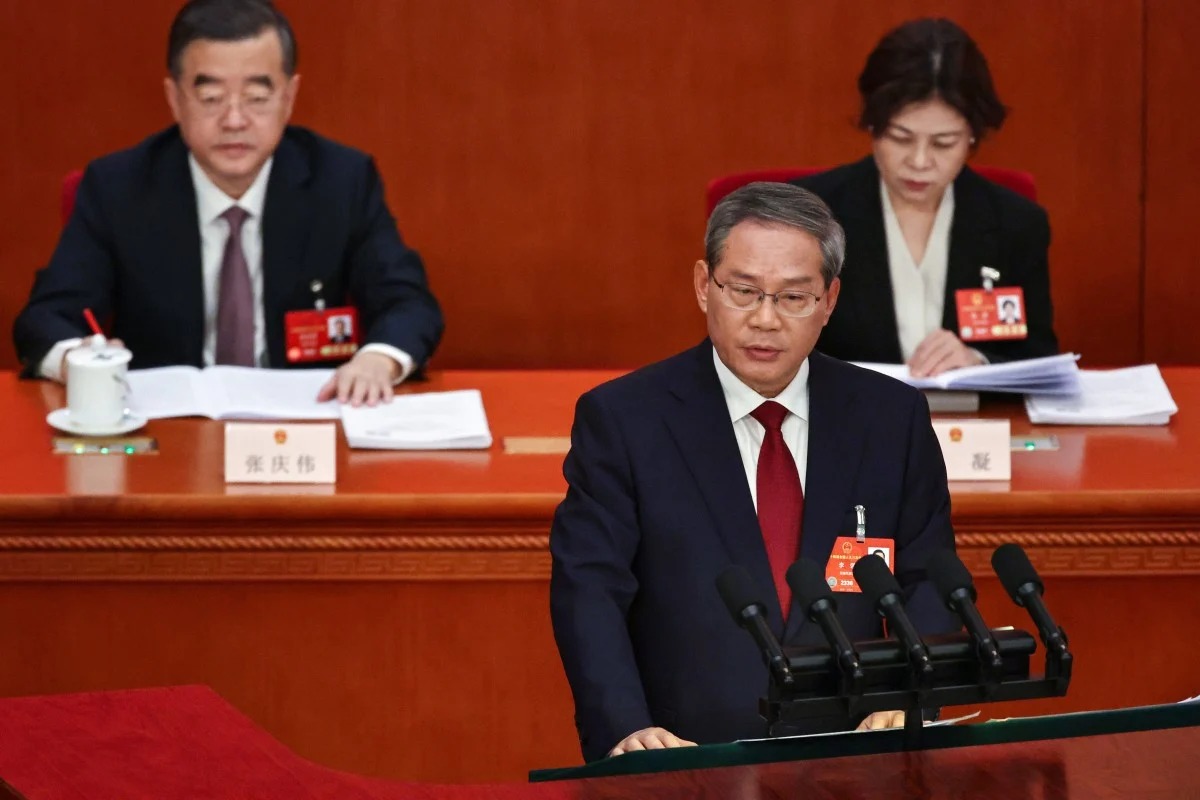Poverty and scarcity, the prolonging unemployment and unclear future have brought the lives of a large number of Afghans to the end. Coping with the existing conditions has become unbearable for some citizens and they commit suicide as a last option.
The statistics shows that 120 people committed suicide in the last 14 months across Afghanistan and put an end to their lives voluntarily. Another 25 people put an end to their lives this month so far, while another 16 people committed suicide last month.
During the past one month, 13 women and 12 men have ended their lives forever due to poverty and deprivation, family violence and mental problems caused by unemployment and restrictions.
The statistics of the first two months of this year show that 41 people committed suicide across the country and this shows a significant increase compared to last year.
Ghor, Faryab, Ghazni and Nangarhar are provinces that witnessed the highest number of suicides in the past month. Most of those who committed suicide were young. The age of the people who ended their lives was between 20 and 30 years old.
Female committed suicide
A young girl committed suicide in Dolatyar district of Ghor province this month and she was identified as Nooriya. She was 15 years old and the cause and motive of that event have not been determined so far. However, the widespread poverty and family violence were considered the reasons for the suicide of women and girls in Ghor.
In a separate incident, another woman named Zarina committed suicide in Kandahar province. She ended her life in Gonbadi area in the 4th police district in Spin Boldak district. She was 22 years old and according to her husband, she was suffering from a mental illness.
Another incident recorded in Faryab, a province that has recorded the most suicide events in the past one year.
Two women committed suicide within 24 hours Faryab province. A young woman in Koh Sayad village of Shirin Tgab district ended her life by taking animal medicine. She was 19 years old and left behind a child. Her name was not immediately disclosed and the reason for her suicide is said to be family violence.
During the span of time, another young girl, Mahbube, 16, hanged herself in Balcharagh district of the province. Again, family violence was the main reason behind her suicide.
Another young girl committed suicide in 4th district of Maimaneh, the provincial capital city. Her name and age is not revealed, but reports say she was suffering from family violence.
Meanwhile, a 30-year-old woman committed suicide in Kapisa province. Although the reason is not clear, poverty and family violence mostly force the needy women to end her lives forever.
Poverty and family violence
In the same day, another woman committed suicide in Faryab province. She also hanged himself in Qargha district of the province. She was 56 years old and the reason for his suicide was family violence.
Another woman committed suicide in Ghazni due to poverty. The incident took place in Nayabad area of Ghazni city. She had four children and her husband recently went to Iran for work.
Meanwhile, the body of a female nurse was found in Jaghori district again in Ghazni province. Her body has been sent to forensic medicine for further investigation.
Another young girl also committed suicide again in Ghazni province. The young girl hanged herself in Panah village. The cause of the suicide has not yet been clarified, but in recent days, the number of suicides in Ghazni has increased, especially among women.
In Ghor province, a15-year-old girl committed suicide in Sang Qashqa village of Dolatyar district. The girl ended her life on Thursday last week and the reason is not known. Poverty and forced marriages are known to be suicide factors among Ghori women.
Another young girl committed suicide last Friday in Kaftar Ali village of Yangiqala district of Takhar province. She was identified as Tahira and she was 20 years old. Tahira killed herself due to family violence and a fight with her husband’s son-in-law. She got married seven months ago and had a four-month-old fetus in her womb.
In Badakhshan province, a young girl committed suicide. The incident occurred in the 3rd police district in Faizabad, the provincial capital city. According to police sources, she jumped into the Kokche Sea and ended her life due to family violence.
Male committed suicide
A man identified as Zamr committed suicide on Monday night in Kabul, Afghanistan’s capital city. According to neighbors, he had gone to the market to borrow food for his family, but after the shopkeepers refused to give him any food, he ended his life at night.
Moreover, a19-year-old boy committed suicide in Badghis province. The young man, whose name is revealed, ended his life with a gunshot on Monday. The reason for his suicide is said to be family problems. Before this, many people committed suicide in Badghis due to poverty and unemployment.
Meanwhile, another man Jalalzai committed suicide on Tuesday in Hasan village in Gilan district. He hanged himself from a tree in one of the gardens. Badghis Taliban officials stated that the reason for his suicide was a verbal argument with his father.
In Maidan Wardak province, a 24-year-old man hanged himself in Sayed Abad district. The man was a resident of Chahardeh Salar village and hanged himself on Monday. Reason for his suicide is not clear yet.
Another man threw himself under the tire of a truck in Moqar district of Ghazni province and died. The incident happened on Friday last week on the Kabul-Kandahar highway. The Taliban officials in Ghazni said that this man committed suicide due to dissatisfaction with being engaged to a young girl.
According to the Taliban, he attempted suicide twice, but was saved by the people.
Poverty and mental illness
In Takhar, another man named Abdul Ahad committed suicide in Yengi Qala district. Ahad killed himself by shooting himself with a gunshot last week on Thursday. It has been reported that was suffering from mental problems and he was 70 years old.
Another man, named Rahim Dad, ended his life with a gunshot wound last week on Tuesday. The incident took place in eastern Nangarhar province, and Dad, 55, committed suicide due to economic problems.
However, Taliban officials said that reason for Dad’s suicide was mental issue.
In Kapisa, Abdul Wahid 13-year-old boy committed suicide last week on Sunday. There is no clear reason behind his suicide, but residents in Kapisa blame poverty and lack of resources behind such act.
Another young man, Aref committed suicide in Shadel area of Spinghar district of Nangarhar province. The incident took place last week on Thursday.
In Bamyan, another young man identified as Mohammad Jan committed suicide last week on Monday night.
Reason has not yet been determined, but local sources said that people in the past committed suicide due to poverty in this province.
Among those who committed suicide in the past month, there are also children, including a 15-year-old boy. This happened in Badakhshan province and the child committed suicide last week on Monday in Faizabad city. Again the reason is not yet known.
People committee suicide in other countries due to several reasons, but in Afghanistan, the main reason is poverty and violence.
Unfortunately, the level of suicide increased in the last two years when a number of people lost their jobs. According to the United Nations, Afghanistan is currently facing the biggest humanitarian and economic crisis in the world.

 OPINION6 days ago
OPINION6 days ago
 DIPLOMACY5 days ago
DIPLOMACY5 days ago
 ASIA5 days ago
ASIA5 days ago
 AMERICA2 weeks ago
AMERICA2 weeks ago
 MIDDLE EAST1 week ago
MIDDLE EAST1 week ago
 AMERICA2 weeks ago
AMERICA2 weeks ago
 ASIA2 weeks ago
ASIA2 weeks ago
 MIDDLE EAST4 days ago
MIDDLE EAST4 days ago

















